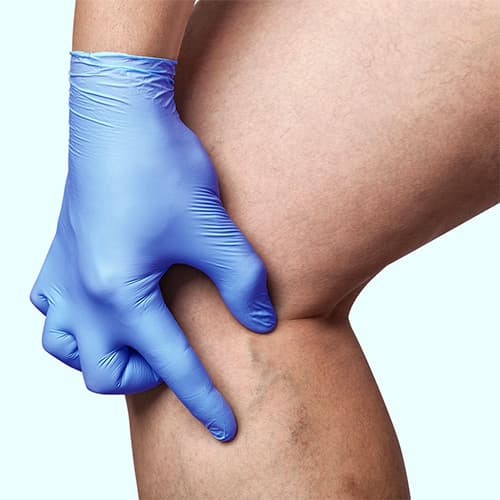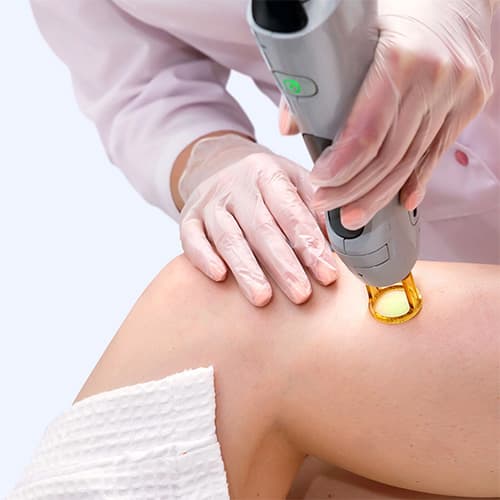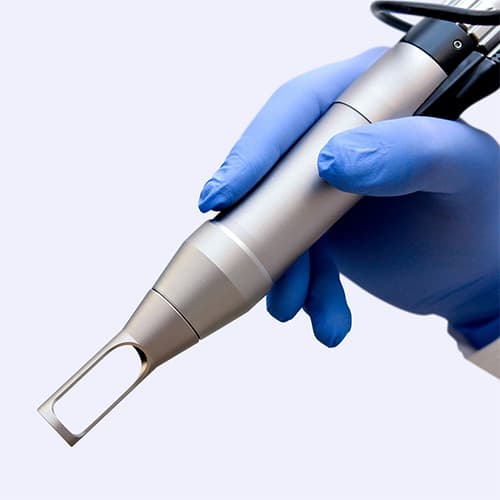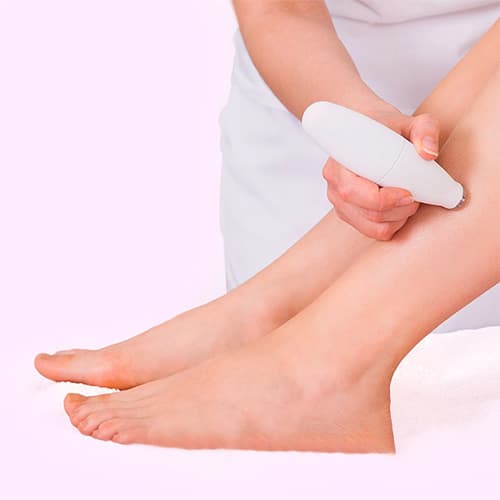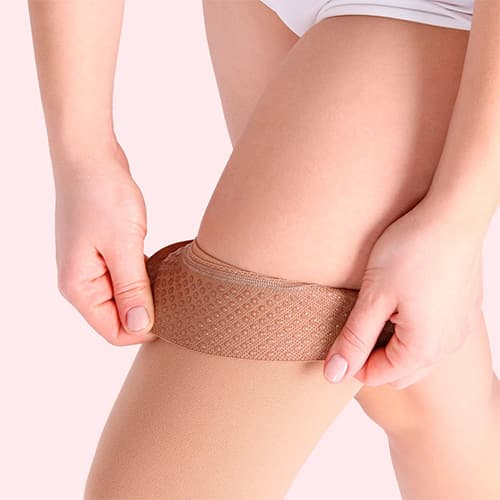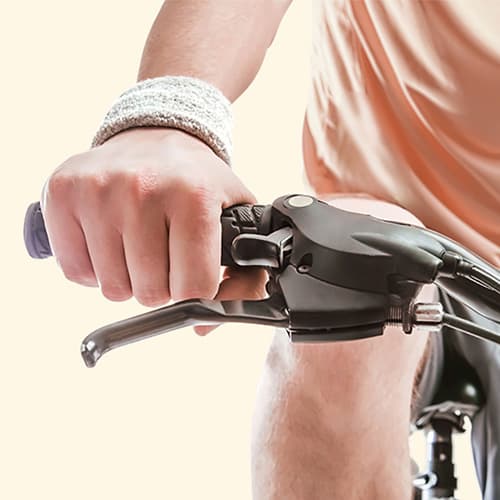What Is the Definition
of Spider Veins?
A spider vein is a type of telangiectasia, which is a small, permanently dilated blood vessel. They often appear as a group of lines with a central point and outward radiations that resemble spider legs. Spider veins are common, particularly on the legs, and are often harmless. But they’re also associated with several medical conditions, including chronic venous insufficiency, so it’s important to visit a vein clinic in New Jersey if they’re bothering you. Venous insufficiency causes continual intravenous pressure, which is an impetus of vein dilation and spider vein formation.
What Are the Common Causes of Spider Veins?
Telangiectasias commonly develop on the face and lower extremities, impacting over 50% of women and nearly 50% of men in the United States. When they form on your face, they’re often the result of sun exposure, skin damage, hormone changes, or conditions like Rosacea or Lupus. When spider veins appear on your legs, they’re usually caused by chronic venous insufficiency. This occurs when tiny valves inside the vein don’t seal shut after blood passes through, thereby causing blood to accumulate in the vein, or even flow down toward your feet, increasing venous pressure. Valve failure is more common in veins in the lower extremities, since they must pump blood the furthest to get to the heart, battling gravity and pressure from walking and standing to complete the job. Many patients don’t know they have chronic venous insufficiency, and aren’t aware of how their unexplained symptoms correlate to the disease. While some patients have asymptomatic spider veins, others visit our NJ vein clinics with heaviness, itchiness, cramping, restlessness, and swelling in their legs. Treating spider veins at the surface won’t fix this underlying disease, so it’s important to visit an accredited vein clinic in New Jersey if you’re at risk. Read on to learn who is more susceptible to spider veins and chronic venous insufficiency.
Are You at Risk of Spider Veins?
If you’re older than 30, you are at a heightened risk of developing spider veins, particularly if you’re female. High estrogen and progesterone cause veins to dilate, weakening vein walls and valves, so birth control plays a role. In addition, the extra blood volume in veins during pregnancy, and vein pressure from the expanding uterus make spider veins more likely. Genetic predisposition is a top predictor of spider veins, particularly if your mother and father each have them. Other factors to consider are obesity, standing or sitting all day for work, injuries, and blood clots. Our New Jersey vein clinics assess your risk and help prevent future spider veins.
Why Do People Get Spider Veins?
Several things cause vein walls to weaken and form spider veins, but the common denominator is usually chronic venous insufficiency. Spider veins are the visible evidence that your circulation is impaired by leaky valves deeper in your veins. While they aren’t lovely to look at, spider veins are a helpful clue that your circulation might need medical attention.
What Spider Vein Symptoms Prompt a NJ Vein Clinic Visit?
If your main gripe with spider veins is their appearance, our NJ vein doctors can quickly eliminate them from sight. But, for some patients, the issue is more serious, involving symptoms like burning, throbbing, heaviness, and even refractory ulcerations, particularly if they stem from vein disease. Whether they affect your self-confidence or your quality of life, spider veins are worth a visit to our New Jersey vein clinics.
How Do New Jersey Vein Clinics Treat Spider Veins?
Treatment is optional for some patients, but many choose it for healthier looking skin. Others require medical intervention to address the underlying issue. Our NJ vein specialists are experts at everything from superficial sclerotherapy treatments to comprehensive vein disease care.
